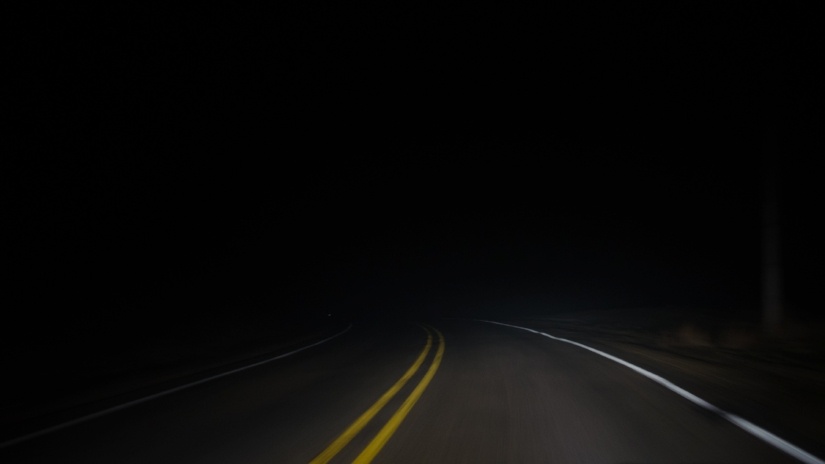
Night driving is challenging, especially if you're a full-time driver. But fear no more, we’ve equipped you with top tips to make your night drive much safer.
It’s hardly a secret that driving at night isn’t ideal for most people for a variety of reasons, and it’s statistically a deadly time to drive. As Arrive Alive (AA) says, “Road authorities agree that night driving presents unique challenges, increased risks and numerous deaths and injuries. It is estimated by the National Safety Council in the U.S. that traffic death rates are three times greater at night than during the day.” Sadly, however, night driving is usually unavoidable; and if you’ve been driving all day, that night time shift can just feel like the cherry on top.
Here are the AA’s top reasons why driving at night is so uniquely dangerous:
- Decreased visibility. Depth perception, colour recognition, and peripheral vision are compromised after sundown.
- Many inexperienced young drivers are on the roads at night and do not have the skills and concentration that comes with experience.
- Elderly drivers need more light to see as well as the younger drivers.
- Vulnerable road users such as pedestrians, cyclists and bikers are often not clearly visible to motorists and vice versa.
- Reduced ability to judge speed and distance at night.
- Sharing the roads with many drunk drivers and pedestrians returning from bars, parties etc. late at night.
- Sharing the roads with fatigued drivers after a hard day of work or those who have been driving long distances (you might be one of these drivers!)
- Vehicle lighting cannot illuminate very far allowing little time and space to react and bring the vehicle to a stop.
- Wildlife venture onto the roads with these risks increased in areas where fences are broken or removed.
- Criminals are often lurking in the dark, placing objects in the road to cause crashes and rob drivers and occupants.
However, we can’t just sit around waiting for the sun to come up! Here are five tips to keep you safe on the road when it gets dark.
-
Aim your headlights correctly
This might come as a bit of a shocker, but headlights, even in brand-new cars, are sometimes pointed unevenly or lower than necessary. So it's worth the effort to position them correctly with a little do-it-yourself adjustment - follow the owner’s manual if you’re unsure how to do it. You have to be patient as it may take a few tries before you have them pointed perfectly. Also please remember to ensure those newly aimed lights are not blinding oncoming traffic!
-
Don’t look directly into the light
Bright lights can seriously disrupt your concentration and negatively impair your vision at night. Inside the car, your eyes are used to the dim glow of the instrument panel and the dark road ahead. It's very easy to become distracted and stare into a bright road sign or the headlights of an 18-wheeler headed your way without even realising it.
Turn your gaze away from other lights on the road, and don't look at oncoming high beams. Even though you may sometimes find yourself trying to determine if that oncoming car's high beams are on, or if they're just mis-aimed, look away. If a car behind you has its high beams on, often you can move your rearview mirror to reflect light backward to alert the driver, and to get the reflection away from your own eyes.
-
Watch out for animals
An encounter between large animals and your car can be devastating — to you, the animal, and certainly your car. But here's a trick: You can often see the reflections of your headlights in an animal's eyes long before you can see the animal itself. Pairs of tiny bright spots in the distance are a clear warning that an animal is in front of you down the road.
The best strategy when encountering wildlife is to slow down as quickly as you can. If, for instance, you try to steer around a deer, they often will follow your lights and move in front of you.
-
Give your windshield a proper wipe
Windshields that appear clean during the day may reveal streaks that can cause glare at night. A simple trick is to polish glass with newspaper to remove residue. Try not to touch the inside surfaces of your windshield, side windows, or mirrors with your hands, even if it's to wipe off mist. The oil from your skin will smear, and light will glare when it shines through any place where you touched the glass. Instead, keep a cotton or microfiber cloth in your door pocket.
-
Lay down your cellphone!
Some studies suggest that distracted driving activities, such as talking on the phone or texting, are even more dangerous than driving under the influence of alcohol. Hands-free headsets and speech-recognition devices may help, but the stats and stories of accident victims strongly support a zero-use policy on communication devices while you're actually driving...especially at night!
